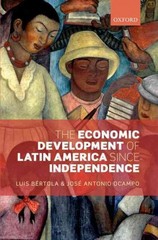If someone can answer these questions for me that would be fantastic.
Problems 1) Assume that the market demand curve for pesticides is given by the following equation: Po = 700 -30, and the market supply curve, which is equal to the aggregated marginal cost curve of all producers, is given by, Ps = 150 + 20,. Pesticide production, however, is associated with harmful side effects on both workers and nearby households and firms. The total damage to the surroundings is proportional to output according to: SMC = 300 + 20. a) Without any government interference into pesticide production, what is the market price of pesticides. What is the equilibrium quantity consumed and produced? Assume that prices are expressed in US dollars per unit of pesticides. b) What is the marginal social cost of pesticide production at the equilibrium quantity? What is the total surplus at market equilibrium? c) What is the optimal level of pesticide production? What is the marginal cost at the optimal level? d) What is the total surplus at the optimal level? What is the deadweight loss of pesticide production in an unregulated market? e) If the government taxes pesticide production, what is the size of the Pigouvian Tax? 2) Consider the following scenario represented below. a) Calculate the CS, PS, the externality cost, and overall surplus in the absence of the tax. Then calculate these again under the tax, taking into account the tax revenue raised. When calculating the external costs, it is easiest to simply subtract the area under the supply curve from the area under the SMC curve.) b) What is the DWL from not having the Piguvian tax? Efficient Pigouvian Tax Market Equilibrium 3) The textile industry in a particular region has the demand curve Q, = 300 - 0.5Pp and the supply curve: Q, = 60 + 0.25P, where Q is measured in hundred-pound lots, and P is price per hundred lot. a) Transform your demand and supply curves so that they reflect the private marginal benefit and the private marginal cost for the textile industry. PMB = PD = PMC = PS = b) Using the PMB and PMC indicate the equilibrium condition for this market. Then, calculate the competitive price (PM ) and output (Q") for the textile industry in this region







